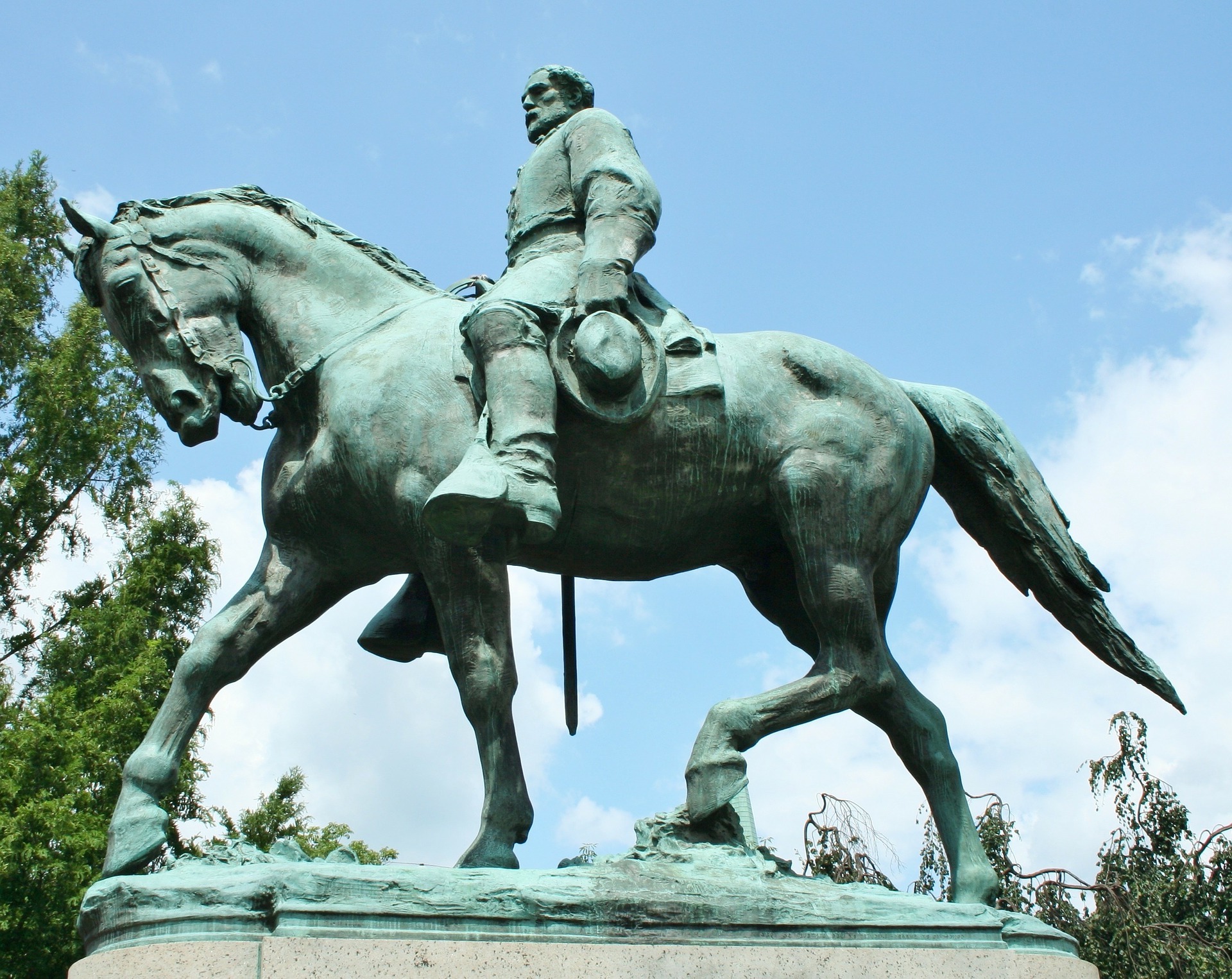Ally Action Project Week 5: Confederate Memorial Action

Confederate memorials are an important discussion, and we have covered in the past how they are racist, microaggressions, and represent white supremacy. We wanted to dive deeper into the issue this week and find out more about why the US has so many. We researched and found that over the past ten years alone, Americans have contributed over $40M in tax revenue to fund Confederate memorials. Many of us would find that fact objectionable, since we do not support the white supremest ideals that they stand for. We also discovered that of the 832 Confederate monuments in the US, 756 were built in 1900 or after. The busiest building periods for these monuments have been in 1900, due to Jim Crow laws suppressing black people, and in the 1960’s, during the US Civil Rights movement. These spikes in the number of Confederate statues erected was to intimidate minorities and depict white supremacy, proving that the monuments have been added as an attempt at rewriting history and trying to normalize Confederacy principles as southern culture. There are even monuments that depict with slaves loyal to the Confederate cause by wearing Confederate uniforms as though they would be fighting against the Union forces to stay enslaved. The “lost cause” ideology these statues convey are a false retelling of a war for states rights. The largest Confederate monument, finished in 1972 on Stone Mountain, was partially funded in 1925 by a US Mint half dollar commemorating the plans. The US government, the same institution that in 1865 defeated the Confederacy, has shamefully participated in the plans of white supremacy groups and has been complicit in their normalization.
We contacted our Senators, and prompted you to advocate for the “National Defense Authorization Act for Fiscal Year 2021” bill, which included provisions for renaming army bases with Confederate names over the next 3 years. The bill had passed the House already with wide bipartisan support and it did pass in the Senate as well on Thursday 7/23/20. We urged our Senators to protect the provision for rename bases that were named after Confederate traitors.
Finally, we looked at the 10 Army bases that were to be renamed, and were contemplating better representatives to enshrine. The bases, locations, who they are named for, and who we recommend are:
We are inspired by the House and Senate passage of the National Defense Authorization Act for Fiscal Year 2021, and will be tracking the base renaming to help advocate for minority inclusion during this process. Thank you to all allies that have been creating your own change this week to help advance equality!